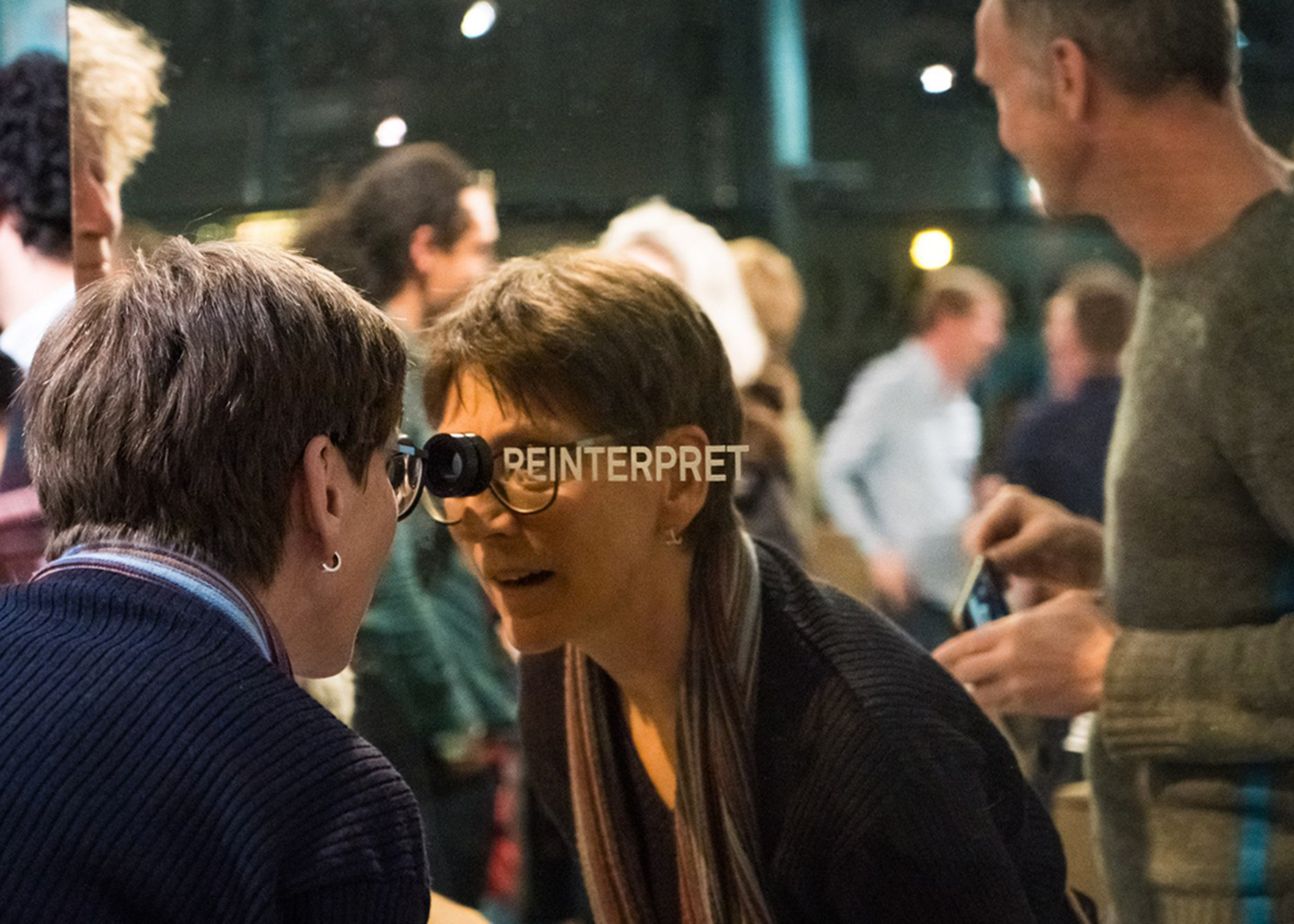Manifesto for the Scheggen
The Manifesto of the Amsterdam Scheggen
On Friday 13 December 2019 the time had finally come: together with joint initiator ARCAM, we officially presented the first copy of The Manifesto of the Amsterdam Scheggen to the Municipality. The manifesto underlines the importance of Amsterdam’s enormous green ‘wedges’ in the context of a growing city and calls for action to protect them whilst developing sustainable uses compatible with the future.

The Manifesto of the Amsterdam Scheggen
On Friday 13 December 2019 the time had finally come: together with joint initiator ARCAM, we officially presented the first copy of The Manifesto of the Amsterdam Scheggen to the Municipality. The manifesto underlines the importance of Amsterdam’s enormous green ‘wedges’ in the context of a growing city and calls for action to protect them whilst developing sustainable uses compatible with the future.
Green fingers stretching deep into the city
The scheggen, or wedges, were part of the General Expansion Plan of 1935 designed by Cornelis van Eesteren. Between the expansion zones – such as Bos en Lommer, Osdorp and Buitenveldert – Van Eesteren planned extensive parks that project like green fingers deep into the city centre. Every single Amsterdammer should be able to bathe in greenery within a 10-minute cycle ride, that was the idea. Few cities in the world can claim such a grand and successful model of urban planning (only Copenhagen has a similar plan). This is what makes the Amsterdam scheggen so unique, and they have attained a kind of iconic status.
Vulnerable to urban development
These greens lungs are vital to Amsterdam, they give breathing space to its residents. This is more important than ever given the task at hand: Amsterdam needs to build some 75,000 new homes to meet demand in the next 10 years. All of these areas are attractive locations, which make them vulnerable to project development.
Radical vision necessary
In order to protect the scheggen and save them from encroaching development, we launched a movement. This was a group of people who set out the case for much-needed investment and worked on developing a radical, idea-based proposal that could future-proof the green grounds. The vision that emerged pushes past the established functions and lets the scheggen move with the future. Appropriate new uses and clever connections can turn the areas into vital zones contributing to a better climate. Nature conversation and recreation, for example, can be combined with water storage and even energy production and food-growing.
In fact, the current activities undertaken in some of these areas are damaging to the environment. Drying out and burning peat is a big source of CO2 emissions and the annual cost of the resulting subsidence and maintenance works on roads and building foundations is high.
Eight inspiring models
The manifesto is a call to action and is itself the first concrete proposal for such action based on fresh perspectives. Extensive analysis and exploration of scenarios by a dream-team of experts, including designers, stakeholders and interested parties, resulted in a vision for the future. Three fantastic design firms (Lama, Flux and Karres & Brands) translated it all into radical, thought-provoking proposals for each of the eight wedges. The intention was to influence the public and political debate. These visions were cast as stunning scale models and exhibited in Amsterdam’s centre for architecture ARCAM from December 2019 to May 2020.
For more information on the scheggen visit www.deamsterdamsescheggen.nl, where you can also download the complete manifesto (in Dutch) which includes the eight design proposals.
More information on the ARCAM exhibition can be found here.

Foto: Simon Trel
